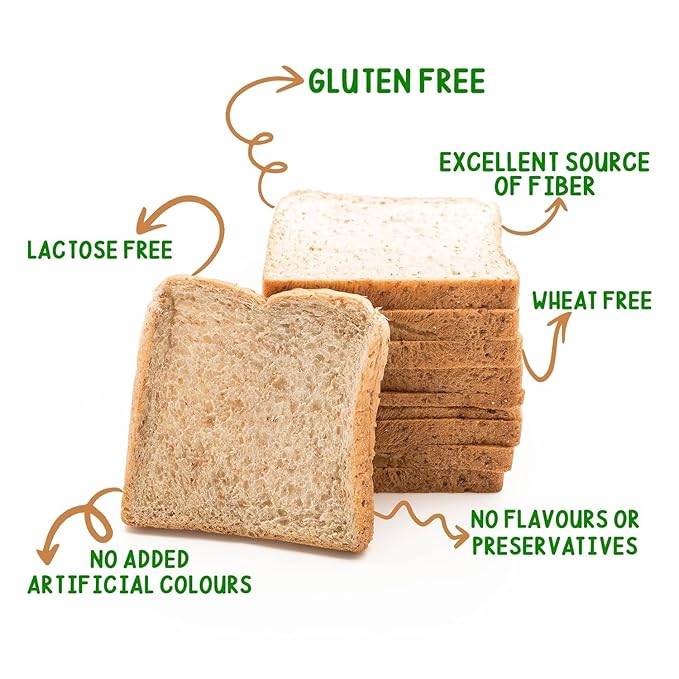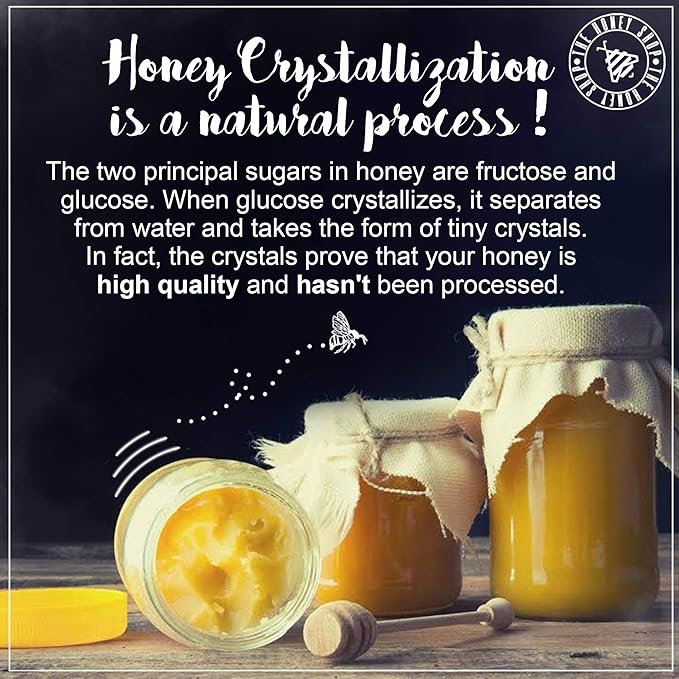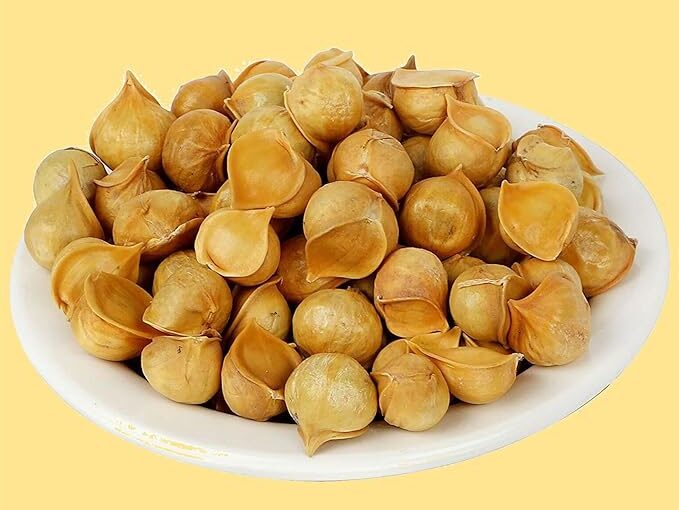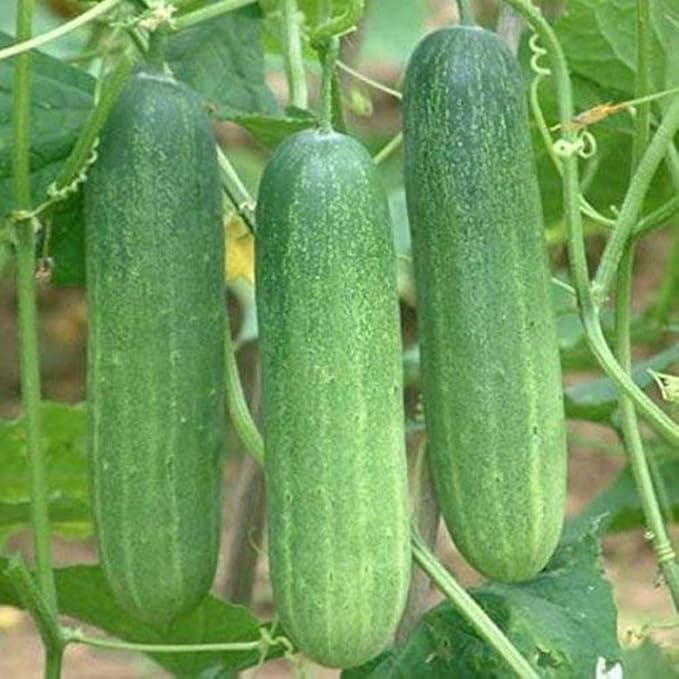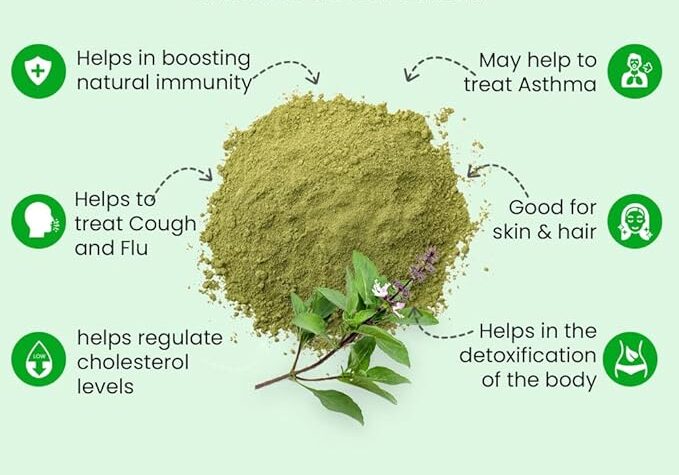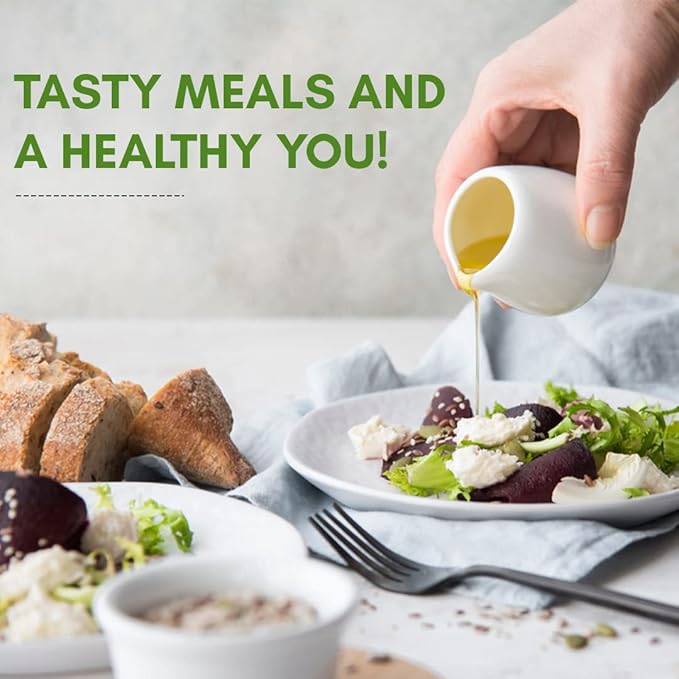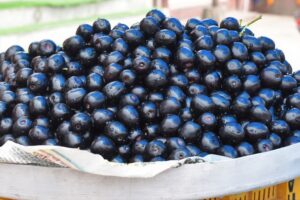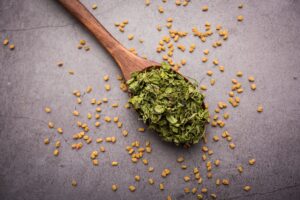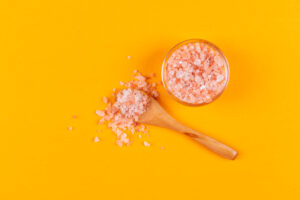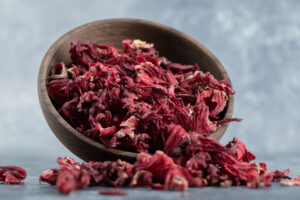Foods are vital to our health, but storing them wrong can ruin flavor and nutrition. Refrigeration isn’t a one-size-fits-all solution. Many common foods fare worse inside the fridge than outside. To help you avoid common mistakes, we’ll share 14 foods you should never refrigerate.
Refrigerators seem like a perfect place to store everything. But some foods change taste, texture, or even become harmful when kept too cold. Let’s explore which foods are better off staying out and why.
Table of Contents
Bread – A Food Item That Goes Stale in Cold
Bread is a staple in many households. However, putting it in the fridge dries it out faster. Starch molecules solidify in cold temperatures, causing the texture to become tough and unappealing.
Instead, store bread in a cool, dry area at room temperature. Alternatively, freeze slices and toast them as needed. That way, you preserve flavor and prevent waste.
How to Store Bread Correctly
Use a bread box or sealed paper bag. Keep away from direct sunlight or damp corners.
Honey - Among the few foods that never go bad
Best Way to Keep Honey Fresh
Store it in a glass jar away from heat or moisture. Never refrigerate it.
Also Read: 9 Foods Better Than Milk
Tomatoes – Juicy Foods That Lose Flavor When Chilled
Tomatoes are sensitive to cold. Refrigeration dulls their flavor and makes the skin mushy. The natural ripening process stops in the fridge.
Instead, keep them on the counter. They continue to ripen and retain their juicy taste.
Where to Keep Tomatoes
Place them in a fruit bowl or on a plate. Avoid plastic bags.
Garlic – An Aromatic Food That Mold in Cold
Garlic thrives in dry, dark environments. When refrigerated, it can sprout or develop mold. Moisture breaks it down faster.
A mesh bag or open basket in your kitchen will do the trick.
Ideal Storage Spot for Garlic
Use a breathable container and avoid the fridge completely. Keep it in your pantry.
Onions - Sharp-Tasting Foods That Spoil in the Fridge
Cold and humid conditions soften onions. They become moldy and lose their punchy flavor.
Keep them in a well-ventilated place. Avoid sealing them in plastic or storing with potatoes.
How to Store Onions Safely
Use a mesh basket or paper bag. Store away from sunlight and potatoes.
Potatoes - Starchy Foods That Turn Sweet When Cold
Store Potatoes the Right Way
Avoid airtight containers. Use breathable bags and store in cupboards or pantries.
Also Read: Wondrous Kishmish (Raisins)
Bananas - Soft Foods That Blacken Quickly in the Cold
Bananas stop ripening when chilled. Their skin darkens quickly, although the inside may remain underripe.
Leave bananas on the counter until fully ripe. Only refrigerate to slow ripening once they’re soft.
How to Keep Bananas Ripe
Hang bananas on a hook or place them in a bowl. Avoid plastic wrap.
Cucumbers - Fresh Foods That Turn Slimy in the Fridge
Cucumbers are sensitive to chill. Fridge conditions cause them to wilt and develop water spots.
Instead, store them loosely in a dry spot on your counter.
Best Spot for Cucumbers
Keep them dry and unwrapped. Consume within a few days of purchase.
Avocados – Creamy Foods That Need to Ripen Outside
Unripe avocados won’t ripen in the fridge. Cold air halts the softening process.
Leave them out until they soften. You can refrigerate ripe ones to preserve them for longer.
Avocado Storage Tips
Store unripe ones with bananas. Use lemon juice on cut pieces to avoid browning.
Also Read: Walk More
Melons – A Large Fruit That Need Airflow
Whole melons don’t need refrigeration before cutting. Cold temps dull their flavor and juicy texture.
Keep whole melons in a dry place. After cutting, wrap the item and refrigerate it for short-term storage.
When to Refrigerate Melons
Only after cutting. Store in airtight containers and consume quickly.
Basil – Delicate Herb That Wilts in Cold
How to Keep Basil Fresh
Trim stems and change water daily. Cover loosely with a plastic bag.
Olive Oil – Healthy Fat That Solidifies When Chilled
Refrigerated olive oil turns cloudy and thick. Though harmless, it becomes harder to use.
Store it in a dark bottle away from the stove and sunlight.
Where to Store Olive Oil
Use tinted bottles. Store in a cabinet for best shelf life.
Also Read: Omega-3 Breakthrough
Chocolates – Sweet Foods That Lose Their Texture in the Fridge
Chocolate absorbs odors and moisture. It develops white spots called “sugar bloom” when refrigerated.
Keep it sealed and at room temperature. Away from heat and humidity is best.
Chocolate Storage Done Right
Use airtight containers and place them in a dark, dry spot.
Apples – A Surprising Fruit That Fare Better Outside the Fridge
Apples release ethylene gas. Refrigerating them affects nearby fruits and changes their texture.
How to Store Apples
Store them in a fruit bowl away from bananas and tomatoes.
Also Read: Food Secrets
FAQ About Foods and Refrigeration
What foods should never be refrigerated?
Foods like bread, honey, tomatoes, garlic, and bananas don’t belong in the fridge. They spoil faster or lose taste.
Why is refrigeration bad for certain foods?
It can change texture, dull flavors, and even lead to mold or spoilage.
Are there foods that can go both in and out of the fridge?
Yes. Avocados, apples, and melons can be kept outside until ripe, then refrigerated briefly.
Can refrigerating potatoes make them toxic?
Cold turns potato starch into sugar, which can affect cooking and taste. Keep them in a dark place.
Is it okay to refrigerate chocolate?
Only in hot climates. Normally, chocolate is best stored at room temperature in a dry, sealed container.
Final Thoughts on Foods and Fridge Habits
Also Read: Sesame – A Power Food


